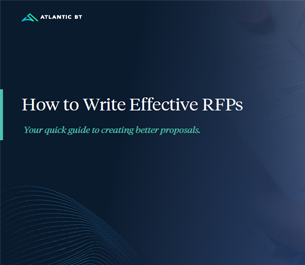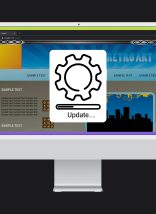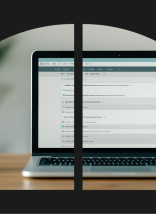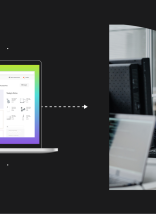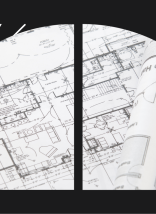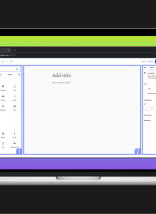Institutional web projects are a beast. Revamping a website for Higher Education or Government is no easy feat. But, there are many business owners, CEOs, and executives who will say it was the best decision they ever made. Alas, there are just as many, if not more, who will report that their projects failed. It took too long, cost too much, and left them feeling disappointed or underwhelmed.
There are a lot of reasons why a new website might not succeed or the process will drag on longer than expected. But, the happiest web development clients always have a few traits in common. If you want to avoid the major pitfalls associated with putting a large website together, read on. Here are a few examples you should follow.
Begin With a Firm Set of Goals
All successful web development projects begin with a firm set of goals. These goals are measurable. There is another plan in place to assess if the website has met or exceeded expectations. Knowing the specifics of what you want your website to do, puts everyone in a good starting position. A strong development team can generate a plan that moves you in the right direction.
Without concrete goals, there is nowhere for your project to go. If there is a great deal of ambiguity about what would constitute success, then real results will be hard to see. Also crucial to your projects goals are the stakeholders. If they disagree on what the priorities should be, then no one will be able to move forward and be productive. It’s likely that the project outcome will be disappointing.
Get Participation From Many Levels of the Organization
You can’t handle complex web development in a completely top-down fashion. Senior executives might be responsible for approving the project. But, don’t forget to allow middle managers, employees, and users to have some input. They all have different perspectives that can be valuable. Creating your website based on the needs of those who access it, is the whole point. As a result, these insights may end up having the power to turn your project into a success or failure. With the participation of your users, you have a lot of great information to build on. Without them, how can you understand the ultimate purpose of your website?
Be Involved in the Development Process
Some new clients come to us with many assumptions. One of them is that we can work from start to finish with only a set of design concepts and a wish list. That would be nice. And flattering, even. But it never leads to happiness. That’s why a good web development team is going to dive into an extensive discovery phase. Every piece of information, forwards and backwards, is valuable.
Web design projects, however, are evolving things. There is a clear path for the team to follow, but new discoveries will occur along the way. Ongoing decisions will pop up and the direction may change here and there. This means that consistent communication is key to the success of your project. Timely and insightful feedback will help your team stay on track with your vision. As a result, you’re going to be more pleased with the work they produce.
Choose a Vendor Based on ROI
There will be many proposals that come your way (you lucky duck). But, as tempting as it may be, you don’t want to choose the one that looks too good to be true. Because it is too good to be true. The lowest investment? The fastest delivery time? Can we all be honest with each other, here? And do these things really matter?
Successful clients make their decisions based on different criteria. What matters to them is the returns they expect to reap from the project. It’s more important to pay attention to results. Minor differences in your short-term budget do not have the same long-term affects. Expenses and deadlines matter, of course. But, not as much as the quality of work you’ll receive in return.
Want to Make Sense of the Complex Web Development Process?
At Atlantic BT, we’re not fans of bombarding clients with technical jargon and computer gobbledygook. We help our clients find real-world answers to the questions and challenges they face. If you’re considering building or overhauling a large website, there is a way to make it easier. Schedule a free consultation with our team. We’ll be happy to address the issues that are on your mind. Even better, we’ll give you some customized recommendations to move forward with. That’s how we roll.



